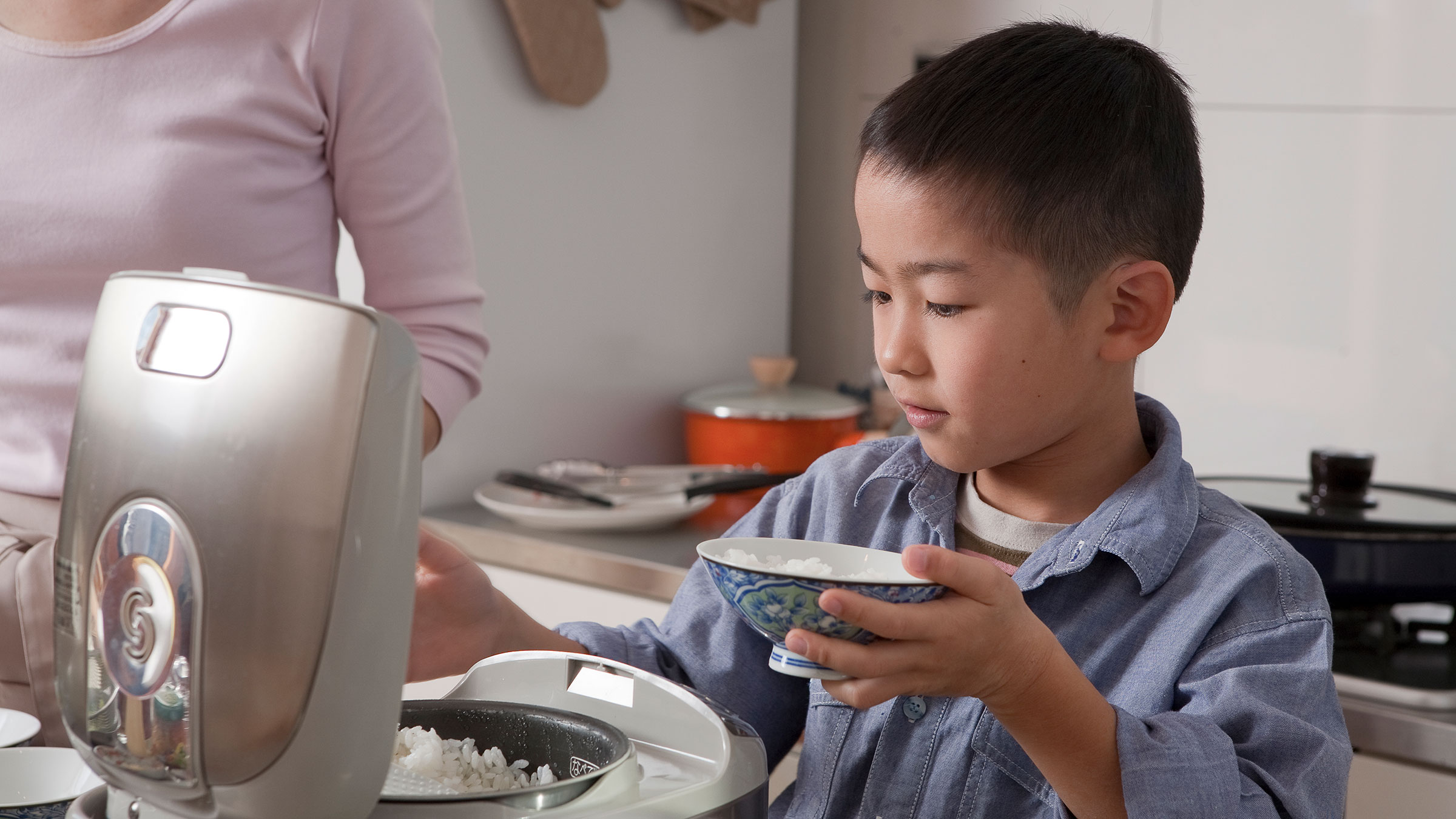Climate impact
By 2010 Japan’s Top Runner Approach energy-efficiency standards were delivering 21 Mt of emission reductions. Combined with other efficiency improvements in appliances introduced outside of the programme, they reduced annual emissions by around 50 Mt.
Scaling up the Top Runner Approach programme to other OECD countries, as well as Russia, China and South Africa, would deliver annual emission reductions of 330 to 480 Mt per year. If the programme were scaled up to all countries, the climate impact would increase to 650 to 880 Mt.

Success factors
In 1998, Japan launched the Top Runner Approach to improve energy efficiency in a total of 31 product categories. The focus is on high-energy-consuming products, including household appliances, electronics and vending machines.
Manufacturers were required to ensure that the weighted average efficiency of their products achieved certain standards. This flexibility lets producers provide a wide range of models to meet consumer demand while guiding the overall market to higher energy efficiency. A “name and shame” approach was taken to non-compliers, putting the brand of defaulting companies at risk.
Many other countries, including the US, China and Mexico, have also set minimum energy-efficiency standards. Other measures to encourage energy efficiency include product labelling and tax incentives.
Costs
Improving appliance efficiency saves money, delivering abatement costs of between −98 and −127 $/tCO2e. Achieving similar improvements in energy efficiency across OECD countries, Russia, China and South Africa would save $32 to $60 billion per year by 2030. If the solution were applied to all countries, avoided costs rise to $64 to $112 billion.

Co-benefits
Improving energy efficiency cuts utility bills for homes and businesses. Efficiency measures reduce fuel imports and the need for large investments in power generation and transmission infrastructure.
Energy efficiency also reduces the impacts and risks of generating power, such as air pollution from fossil fuels. Efficiency may also shift economic activity to more labour-intensive sectors of the economy having a positive effect on employment, although the link is not as clearly established.
Barriers and drivers
- Monitoring and enforcing standards requires good governance and administrative capacity. The experience of various countries suggests that efficiency standards can be applied in a variety of contexts.
- Asymmetry of information can be a barrier if regulators have to rely on industry data when setting standards. In Japan, authorities engaged in dialogue with industry associations and set up expert committees to hear different views.
- Another challenge can be ensuring long-term certainty for businesses. In Japan the government sets five-year time frames for implementing the new standards.






RELATED SOLUTIONS